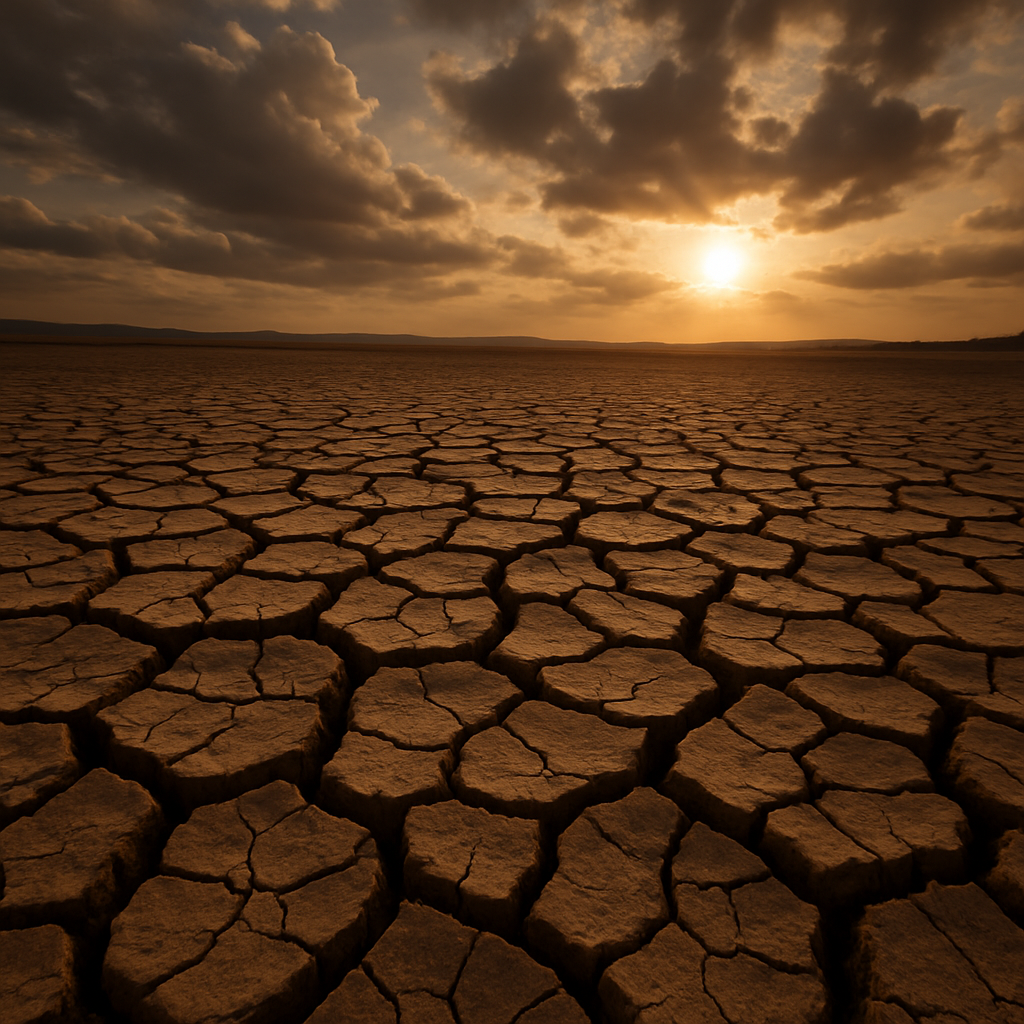
Jul
04
2025
20:47
Jul
04
2025
20:47
Drought Solutions
Water (or rather drought) has definitely defined this week (again). We have really been struggling to supply enough water to our crops since this intense summer began. There is a bit of hope on the horizon, which we will talk about in future newsletters - enough to say that we are bridging the problem for now.
In the long term there are two basic ways to approach the issues of drought through climate change:
1. Significantly increase vegetation (trees and bushes especially) across Europe
2. Slow down and store the passage of water.
All though every farmer and gardener can make a contribution to the first goal, of reforestation, without national and international strategies, what we can do individually is limited. However, there is more we can do at a local level (and national level) to slow down the passage of water across our land, and hold on to what rains down on us, or passes through in drainage. One of the best ways to store water is to improve the permeablilty of our soils - that is to make our soils more "sponge-like" (the Soil Food Web talks about the "soil sponge"). This can be acheived by keeping the soil covered, preferably with living plants and their root systems, or failing that, at least with soil mulch covers, and also by increasing literally the sponginess of our soils, through increasing organic matter levels, and especially humus content. We are glad to see some results in Barnabas's diploma study, that on many soil parameters Zsámboki Biokert seems to be doing well. Growing cover crops, adding mature compost to the soil and crop rotations (and minimal tillage) all contribute here.
Thank you to Barnabás for sending in a summary of his study (and congratulations to him!). Acheive a revolutionary change in farming is going to be acheived by hundreds of thousands of small changes across the country, across the globe. Transformation is acheived when it is taken up everywhere.
